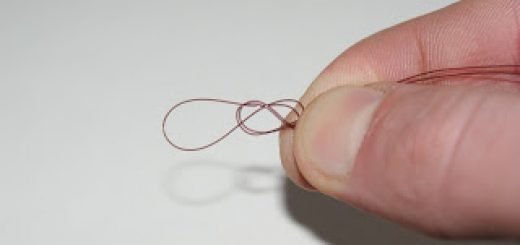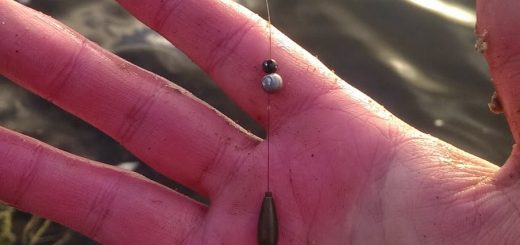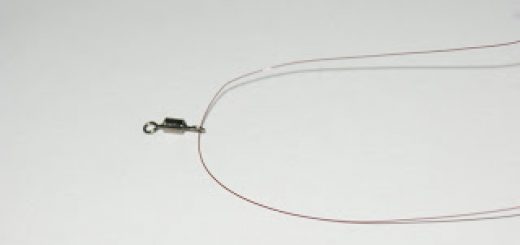After recently reading both online and in the angling press about the types of connectors people prefer to use when fishing the pole, I decided to conduct an experiment to see for myself which one was better. The 2 most recognisable connectors are the standard Elastic Connector (sometimes called the Stonflo Connector) and the Dacron connector.
 |
| The finished article! |
There are advantages and disadvantages to using both, but having only used standard connectors myself I wanted to see how reliable the alternative was. The ongoing argument about “what type of connector is better” rumbles on in the angling community, so in order to get to the bottom of this I decided to start field testing both methods myself. I would be using a solid number 16 latex elastic with a standard plastic elastic connector, and on another top kit, I would be using a homemade Dacron connector with a solid number 14 latex elastic. However, before my experiment had even begun I came to realise that every angler and their dog had a different way of joining their elastic to the Dacron connector (Crow’s Foot, Figure 8, overhand loop etc), so some trial and error was required. After a few different knot attempts I decided to go with the tried and tested figure 8 knot.
To tie a Dacron connector to your elastic you will need;
1 x Dacron Loop
1 x Elastic
1 x 6 inch piece of nylon (in this case it is 8lb reel line)
1 x Elongated rubber bead (but 1 inch of soft Silicone tubing/sleeve would be perfect)
Method
1. Thread the elastic through the Dacron loop.
2. Bring the tag end back against the longer piece of elastic and form into a loop. For more information on how to tie a figure 8 loop please click here.
3. Pass the Dacron loop around the 2 pieces of elastic and then back through the loop. This will create a figure 8 shape (so you’ll know if you’ve done it correctly), which can be tightened up to the Dacron Loop once lubricated.
4. Cut the tag end of the elastic close to the knot. I tend to leave 1 or 2 mm of spare elastic just in case the knot slips slightly.
5. Take the nylon, thread it down through the bead (or silicone), through the Dacron loop then thread the nylon back up through the bead.
6. Now the nylon has been passed back through the bead, hold it firmly and gently push the bead down over the Dacron and onto the elastic. The thin end of the bead should stop when it reaches the knot in the elastic. If you are using Silicone tubing then position the knot in the middle of your threaded piece of silicone.
7. Remove the nylon from the Dacron loop. You now have a successfully fitted and very strong knot attached to your Dacron connector.
Results about which connector is better will follow once I have tested both top kits in windier conditions, and once I have caught a few more fish!










how do I find depth when using Dacron connectors with using the two knots on float line